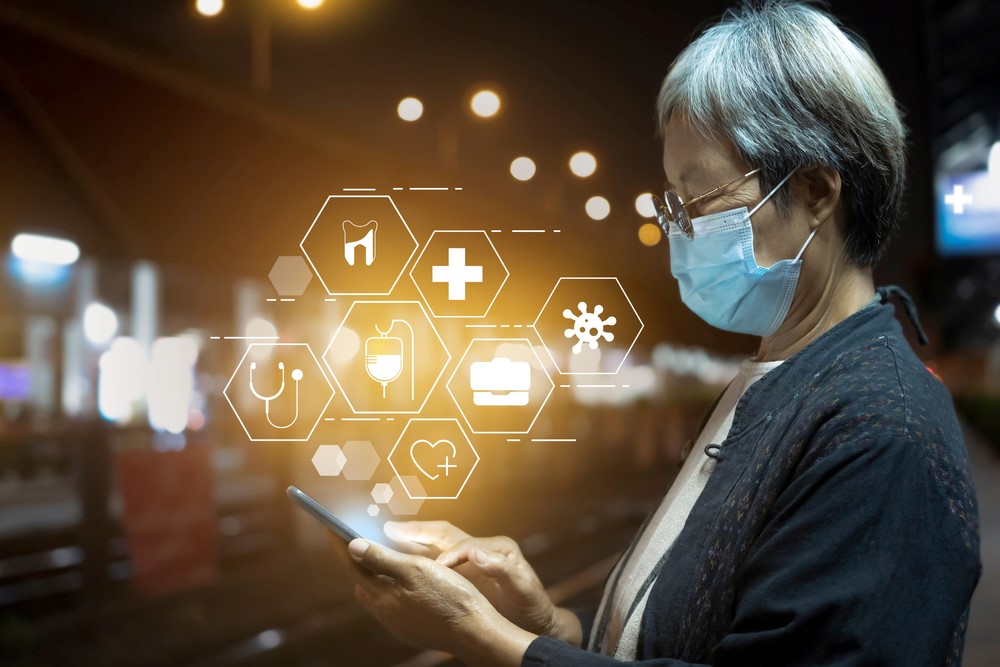
According to the Pew Research Center, there are now roughly 62 million seniors aged 65 and above in the United States. As the baby boomer generation continues to age, that number can only increase.
With so many seniors in the community, there’s a growing demand for effective and efficient tools to promote senior health. Thankfully, technology for senior care has never been better. Many products and ideas are now being used regularly, while plenty of others are being researched.
In this post, we’re digging into some of the most common technology options for senior care. But, these tools aren’t just for assisted living and other types of facilities. They’re also tools you can use yourself when caring for an aging parent.
Types of Technology for Senior Care
Medication Reminders
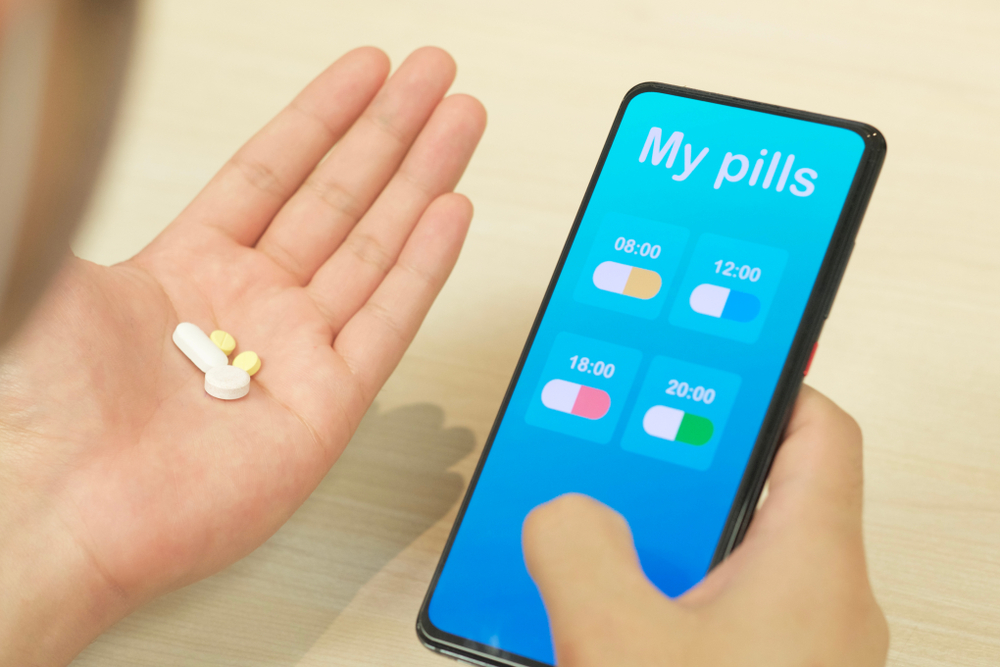
Seniors are often taking multiple medications to help manage chronic conditions. Doing so can get confusing fast, as the medications may need to be taken at different times of the day. Some may also need to be taken with food, while others may be best without food instead.
At the same time, elderly adults are more likely to have memory challenges. These factors often lead to underdosing or overdosing medication, which can create even more medical problems and life risks for elderly adults.
In the past, elderly adults who had difficulty keeping up with their medication requirements often needed a physical caregiver to help them. With the advent of medication reminder apps and pill cases with timers and alarms, remembering to take each prescription correctly at the right time every day becomes much easier.
Technology also provides the option to send alerts to others when a pill bottle is opened. These alerts can go to a family member, a caregiver, or a medical professional. The alert helps ensure that the elderly adult is taking their medication on time and at the correct frequency, providing peace of mind for both the caregiver and the patient.
It’s important to also consider a regular medication review, as seniors can easily end up taking many more medications than they need.
Tools for Social Connectedness
Loneliness and social isolation are prevalent among the elderly, leading to various physical and mental health issues. Technology has opened up new avenues for social connectedness, allowing older adults to stay connected with their loved ones and engage in meaningful social interactions.
Video calling platforms, social media, and online communities provide opportunities for virtual socialization, reducing feelings of loneliness and improving overall well-being.
Glucose Monitors
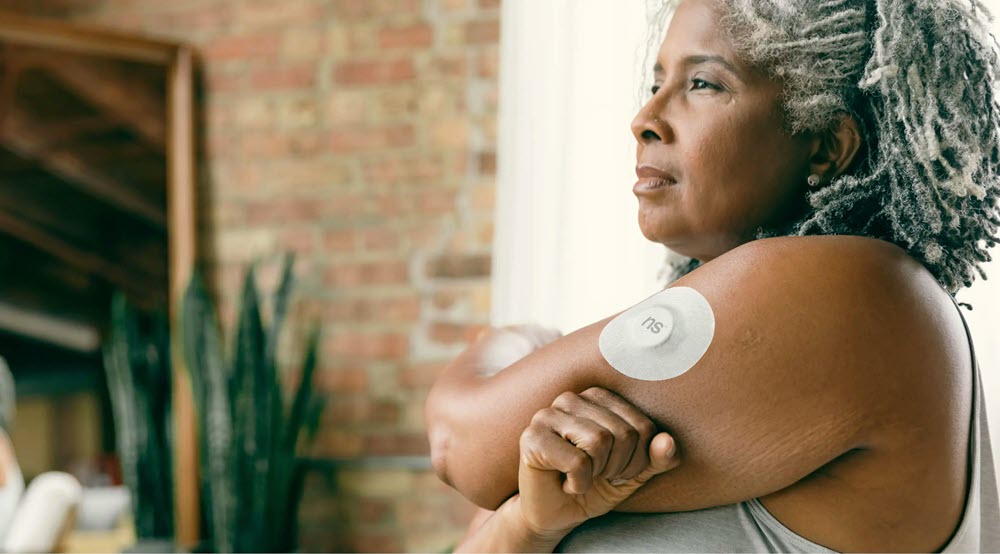
More than 16.5 million seniors in the United States have diabetes. Not only is that a huge percentage of adults 65 and over, but the numbers have been steadily increasing.
Elderly adults who suffer from diabetes are at risk for several other serious medical conditions, including cardiovascular disease, hypertension, stroke, kidney failure, and adult-onset blindness. Clearly, managing diabetes well can play a huge role in the overall health and longevity of the elderly.
The key to managing diabetes is to maintain blood sugar levels within an acceptable range. In the past, the only way to test blood sugar was to prick your finger and test a drop of blood with a specialized testing strip.
Technological advances have created glucose monitors that do not require a finger prick. These Continuous Glucose Monitors have a tiny flexible cannula that is snapped onto the skin of a diabetic patient and is worn as a patch on the skin (like the Dexcom G7).
A monitor reads the information from the implant or patch and tells the patient their blood sugar level. The ability to determine blood sugar levels without finger sticks helps the elderly to monitor their health and avoid further medical complications more effectively.
GPS Tracking Services
The Alzheimer’s Association estimates that over 7 million Americans are currently diagnosed with dementia (estimating that by 2050, there will be close to 13 million!). As dementia progresses, seniors are more likely to get confused and lost.
What was once a short walk to the store can quickly become an opportunity to get lost and wander the area looking for something familiar. Caregivers and family members often worry about the consequences of an elderly dementia patient losing their way.
Technology for seniors is powerful here, as GPS tracking devices can literally save the life of an elderly adult with dementia who gets lost. These devices can be small and discrete and can be used with or without the knowledge of the patient.
Many seniors with dementia cannot reliably remember to take a GPS device with them when they leave the house, so options such as sensors that can be attached to the sole of a shoe or woven into the fabric of clothing can provide an extra level of protection and peace of mind.
As technology advances, there will be even more options for using GPS to keep track of the elderly who are at risk.
Fall Detection Methods
Falls are a major concern for the elderly, often leading to serious injuries and a loss of confidence. Specially designed fall detection watches have emerged as effective tools in detecting and alerting caregivers in the event of a fall.
These devices utilize advanced sensors and algorithms to detect sudden movements and changes in position, automatically triggering an alert to notify caregivers or emergency services. By providing immediate assistance, fall detection methods can significantly reduce the impact of falls and improve the overall safety of older adults.
Smartwatches

Smartwatch technology allows people to carry powerful applications right on their wrists. The watch can work hand in hand with the apps that monitor blood sugar, manage prescription medications, or track the location of the wearer.
Pill cases with timers and alarms can send messages through a smartwatch app straight to the wrist of the senior needing to take the medication. Smartwatches are typically equipped with a vibration option so that elderly adults who have experienced hearing loss can still get the notification.
Glucose monitoring devices can show the blood sugar levels of the diabetic patient right on the watch. The availability of this information makes it that much easier for seniors to make appropriate choices for managing their diabetes.
Smartwatches can also have tracking turned on so that caregivers know where the wearer is. This is especially helpful for elderly adults who are experiencing the early stages of memory loss.
Other Wearable Health Devices
Wearable health devices, like fitness trackers and smartwatches, can monitor seniors’ vital signs and provide real-time alerts to caregivers in case of potential health issues. These devices can also track seniors’ activity levels, and provide valuable insights into their overall health and well-being.
Remote health monitoring devices have revolutionized the way healthcare professionals monitor the health of older adults. These devices can track vital signs, such as heart rate, blood pressure, and glucose levels, and transmit real-time data to healthcare professionals.
With remote health monitoring, caregivers and doctors can detect health issues promptly, enabling early interventions and reducing the need for frequent hospital visits. This not only improves the quality of care but also provides peace of mind to both the elderly and their caregivers.
Smart Home Devices
Seniors or their caregivers can remotely control smart home devices, like smart thermostats and lighting. That’s a great way to create a more comfortable and safe living environment.
Voice-activated assistants, like Amazon’s Alexa or Google Assistant, can help seniors manage their daily tasks. They can set reminders, make phone calls, order groceries, and so much more.
Telehealth
Regular and routine health care for the elderly is vital to maintaining health and independence. Telehealth technology removes one potential barrier for seniors accessing their care they need, allowing them to access care at home. This is especially powerful for seniors with mobility challenges.
Elderly patients can schedule video appointments with their doctors as well as use online platforms to request medication refills, receive test results, and receive medical advice from the comfort and safety of their homes.
In addition to physical health concerns in elderly adults, people often struggle with mental health issues like anxiety and depression as they age. The aging process can feel unknown and frightening to many as they experience new limitations and challenges.
Telehealth appointments with mental health professionals can help seniors manage their anxiety or depression discreetly and conveniently. Elderly adults who are struggling with mental health issues can get the help they need as they adjust to new and often changing realities.
Physical Therapy VR
Physical therapy is crucial for maintaining mobility and managing chronic conditions in older adults. Virtual reality (VR) technology is starting to be integrated into physical therapy programs, providing immersive and engaging experiences for patients.
VR-based exercises and simulations can improve balance, coordination and strength, making physical therapy more enjoyable and effective. This technology not only enhances the rehabilitation process but also allows older adults to continue their therapy at home, reducing the need for frequent visits to healthcare facilities.
While such technology is still new, we can expect to see more examples of it in the future.
Assistive Devices
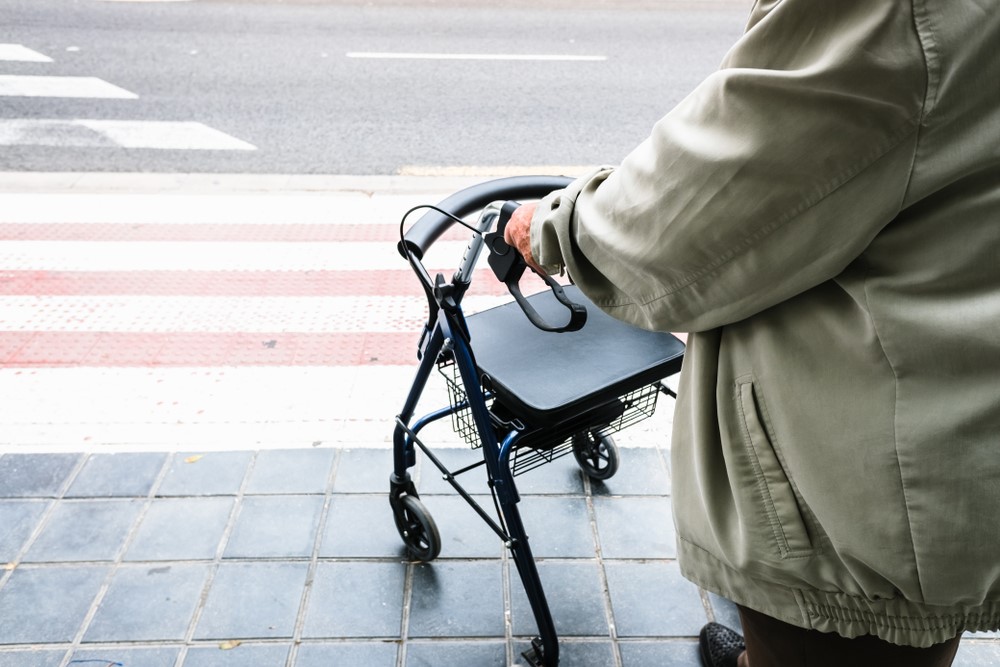
Assistive devices come in many shapes and forms. They’re all designed to make the tasks of living a little easier and can sometimes make a dramatic difference.
Adjustable beds for seniors are one example to consider. These can improve a senior’s comfort and safety while they sleep. Such beds can be adjusted to meet the senior’s individual needs, providing support and comfort to help them get a better night’s sleep.
Another example is the VELA chair USA, which has been designed to help with mobility. This chair looks much like an office chair and provides a safe and stable workplace for individuals with reduced endurance and balance problems. With the support of the chair’s armrests, users can easily mobilize themselves from a sitting to a standing position and vice versa, promoting independence and reducing the risk of falls.
Of course, there are many other types of assistive devices, including hearing aids, mobility aids, and vision aids.
Helping the Elderly use the Technology
All of these types of technology for seniors require the user to learn a new application or device. Some seniors learn new technology quickly and easily, while others feel that the process is too challenging and are resistant to the idea.
Caregivers can help by providing instructions in a way that seniors can understand, recall, and implement the tools. They must be careful to use language that connects with them and practice patience as the elderly learns to use the new technology.
Educating seniors and helping them to develop routines around using these technology tools can remove this barrier, allowing the elderly to embrace the technology that can help them navigate their needs as they age.
There are many other examples of exciting new technology to help seniors and caregivers – and more will be developed with time. Such tools can keep seniors safer and give them the information they need to manage their evolving medical challenges. Technology can also give both the elderly and their caregivers peace of mind at a time that can be fraught with worry.
Feeling Overwhelmed?
Check out our Caregiving Consulting service for personalized support and guidance.

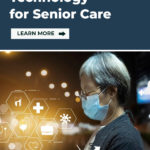
Leave a Reply